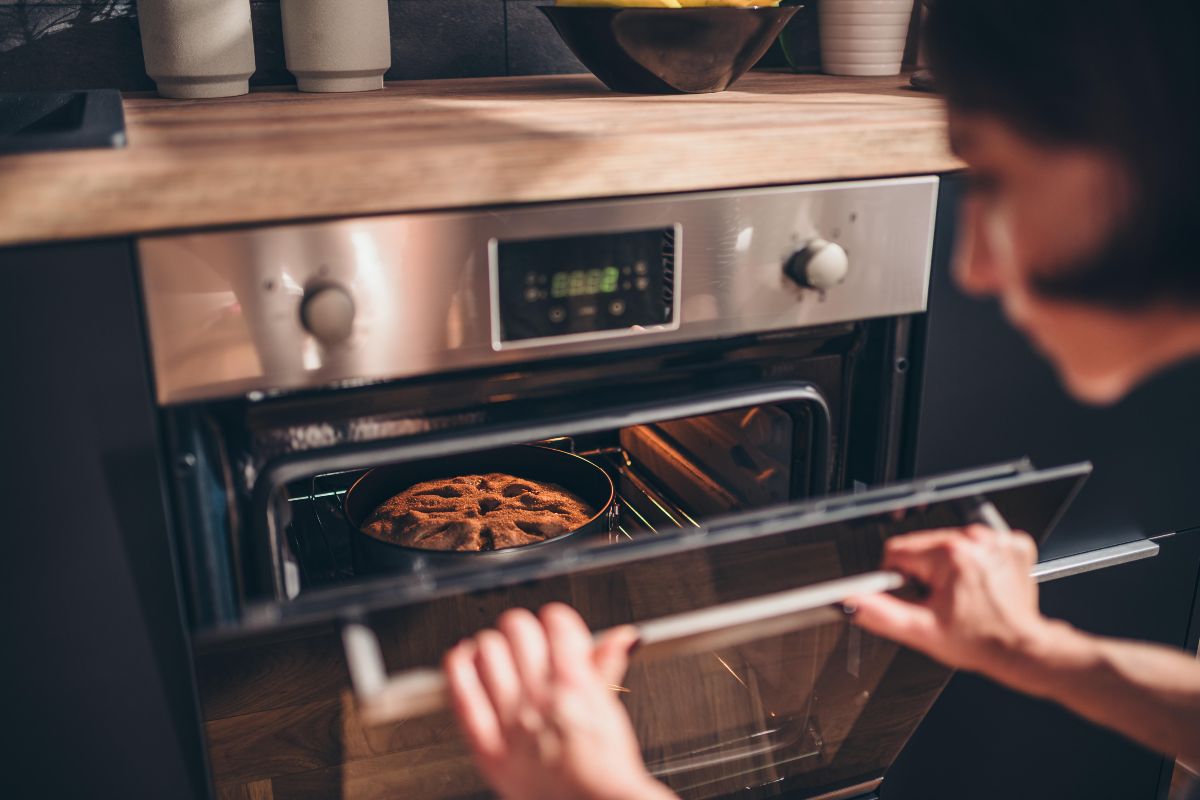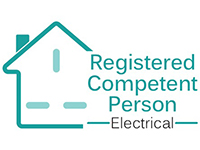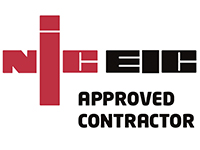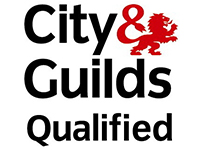To use an electric oven:
First, preheat the oven to the required temperature, then place your food on the correct oven rack. Choose the appropriate cooking mode (bake, grill, or fan-assisted), monitor your food using the oven light, and avoid opening the door frequently. After cooking, turn off the oven and allow it to cool. Always follow safety guidelines and clean the oven regularly for optimal performance.
An electric oven is an essential appliance in modern kitchens, combining precision, convenience, and versatility for home cooks and professional chefs alike. Whether baking a Victoria sponge, roasting a Sunday chicken, or simply reheating leftovers, properly knowing how to use your electric oven can elevate your cooking results. This comprehensive guide walks you through everything you need to know to use an electric oven efficiently and safely.
Understanding the Basics of an Electric Oven
Electric ovens operate using electric heating elements, usually found at the top and bottom of the oven cavity. Unlike gas ovens, electric models provide more even heat distribution, making them ideal for baking and roasting. Most modern units feature a range of settings and fan-assisted (convection) functions, providing better control over temperature and cooking performance.
Before you begin using your oven, it’s essential to read the manufacturer’s manual. Different brands may include specific features and instructions tailored to their models. Always consult a qualified electrician like Ohmatic Electricals if any electrical issue arises.
Key Components of an Electric Oven
- Heating Elements: Typically located at the oven’s top (broil/grill) and bottom (bake).
- Control Panel: This includes knobs or a digital display where you set temperature, time, and cooking functions.
- Thermostat: Regulates the oven’s temperature to maintain your set level.
- Oven Racks: Adjustable shelves for placing your trays and pans.
- Oven Light: You can check your food without opening the door and losing heat.
Step-by-Step Guide on How to Use an Electric Oven
Preheating the Oven
Most recipes require the oven to be preheated to a specific temperature before cooking. This ensures even cooking from the moment your food enters the oven.
- Turn the oven on using the control knob or digital panel.
- Select the required temperature (e.g., 180°C for baking).
- Wait for the indicator light to switch off or the oven to beep if it has a digital display, signalling that it has reached the desired temperature.
Choosing the Right Rack Position
Where you place your food can influence cooking results:
- Top Shelf: Best for grilling and browning dishes.
- Middle Shelf: Ideal for baking and roasting.
- Bottom Shelf: Suitable for slow-cooking or to crisp the base.
Selecting Cooking Mode
Most electric ovens come with multiple cooking settings:
- Conventional Bake: Heat from both top and bottom. Great for casseroles and baking bread.
- Fan Oven (Convection): Even heat distribution for uniform cooking. Reduces cooking times.
- Grill: Direct heat from the top for browning and crisping.
- Defrost: Circulates air to thaw frozen food without cooking it.
Check your specific model for custom settings. If you have any confusion about electric connections, speak to a local expert, such as Ohmatic Electricals.
Inserting Food Properly
Use oven-safe trays or dishes. Allow space around each dish to enable hot air circulation. Avoid overcrowding, as this can lead to uneven cooking. Consider using shiny metal or glass trays for baking, which reflect heat and promote even browning.
Monitoring While Cooking
Although tempting, try not to open the oven door repeatedly, as this causes temperature fluctuations. Instead, use the oven light and window to check your food. Set timers to prevent overcooking.
Cooling and Turning Off
Once cooking is complete:
- Turn the oven off using the main switch or digital control.
- Use oven gloves to remove hot trays or dishes.
- Leave the oven door slightly ajar to help it cool down (unless the manual advises otherwise).
Cleaning and Maintenance Tips
Proper maintenance will keep your electric oven in top shape for years. Here are some tips:
- Wipe Spills Immediately: Clean up drips or splashes once the oven cools to prevent stubborn stains.
- Use Oven Liners: These protect the base of your oven from food debris.
- Deep Clean Monthly: Use a non-abrasive cleaner or a mixture of baking soda and vinegar for natural cleaning.
- Clean Racks Separately: Soak in warm soapy water before scrubbing.
- Check Heating Elements: If they appear damaged or inconsistent, consult certified electricians such as Ohmatic Electricals to avoid hazards.
Safety Tips When Using an Electric Oven
- Always use oven mitts to handle hot trays or dishes.
- Keep flammable materials away from the oven.
- Do not block ventilation openings.
- Never leave the oven unattended when in use, especially when grilling.
- If your oven sparks or smells odd, stop using it and call a certified electrician, such as an emergency electricians from Ohmatic Electricals.
Troubleshooting Common Issues
Oven Not Heating Up
Check if it’s properly plugged in and the circuit breaker hasn’t tripped. If everything looks fine, the heating element or thermostat might be faulty. Consider hiring a professional from Ohmatic Electricals to diagnose and repair the issue.
Uneven Cooking
This can result from overcrowding, incorrect rack placement, or a malfunctioning fan. Use the fan-assisted mode for more consistent results.
Strange Noises
A humming sound may be typical, especially for fan ovens. Clicking or buzzing could indicate a problem with the thermostat or electrical components—consult a qualified electrician promptly.
Burning Smell
Ensure no food residues remain from previous cooking sessions. If the smell persists, the internal wiring might be overheating and should be inspected by an electrical expert.
Advantages of Using an Electric Oven
- Even Heat Distribution: Perfect for baking and roasting.
- Energy Efficiency: Especially with fan-assisted models.
- Ease of Use: Straightforward temperature controls and settings.
- Safety: No open flame, reducing fire risk.
Disadvantages to Consider
- Slower Heating: Takes longer to preheat compared to gas ovens.
- Power Dependency: Cannot be used during a power cut.
- Maintenance: Needs regular cleaning and occasional professional servicing.
Energy Saving Tips for Electric Ovens
- Cook multiple items together when possible.
- Use the fan-assisted mode to reduce temperature and cooking time.
- Avoid opening the oven door frequently.
- Turn the oven off a few minutes early—the residual heat will finish the cooking.
Using Accessories and Enhancements
Make the most out of your oven by investing in accessories:
- Pizza Stones: Great for achieving crispy bases.
- Oven Thermometers: Double-check the internal temperature.
- Silicone Baking Mats: Reusable and easy to clean.
- Roasting Trays with Racks: Allow fats to drip away for healthier meals.
When to Call a Professional
If your oven exhibits irregular heating, strange noises, or electrical faults, it must be stopped immediately. Call a qualified electrician to prevent risks of electric shock or fire. Services like Ohmatic Electricals offer diagnostic inspections and repairs to keep your appliance safe and functional.
Conclusion
Mastering an electric oven doesn’t require professional training; it just requires practice and attention to detail. From preheating to selecting the correct mode and maintaining your appliance, these skills will ensure your cooking is consistent, delicious, and safe. Remember, when in doubt, seek advice from experienced electricians such as those at Ohmatic Electricals to keep your kitchen functioning at its best.
Whether you’re a seasoned cook or a beginner, your electric oven can be your best ally in the kitchen, so long as you treat it with the respect and care it deserves.
Frequently Asked Questions
Can I use metal trays in an electric oven?
Yes, metal trays are safe and recommended for roasting and baking. Avoid using plastic or containers that are not marked as oven-safe.
How long does it take to preheat an electric oven?
Most electric ovens take about 10–15 minutes to reach 180°C. Fan-assisted ovens may preheat slightly faster.
What is the best setting for baking cakes?
Use the conventional or fan-assisted bake setting, placing the cake in the middle rack for even heat distribution.
Why is my food taking longer than the recipe states?
This could be due to incorrect temperature, poor rack placement, or an issue with your oven's thermostat. For accuracy, use an oven thermometer.
Is it safe to leave an electric oven on overnight?
No, leaving an oven on unattended is a serious fire hazard. Always switch it off after use.






